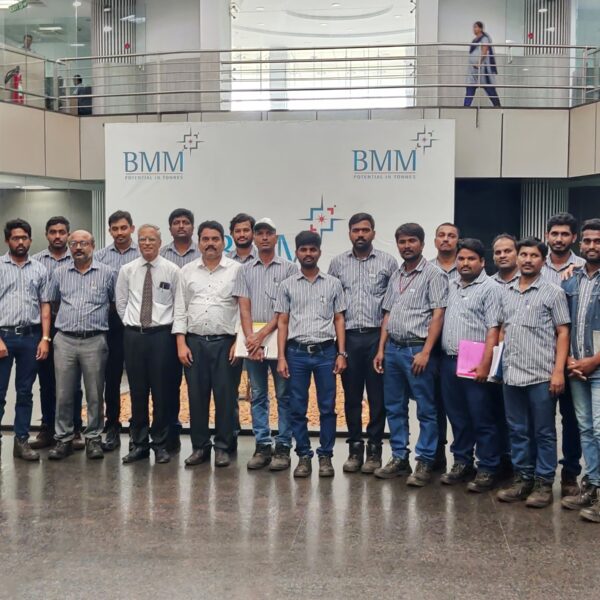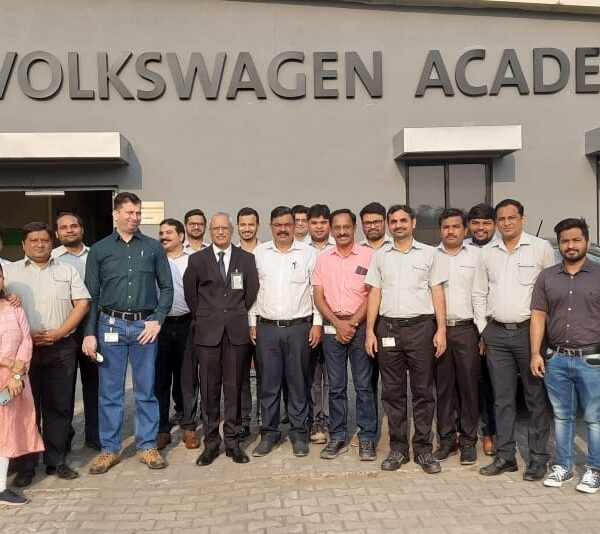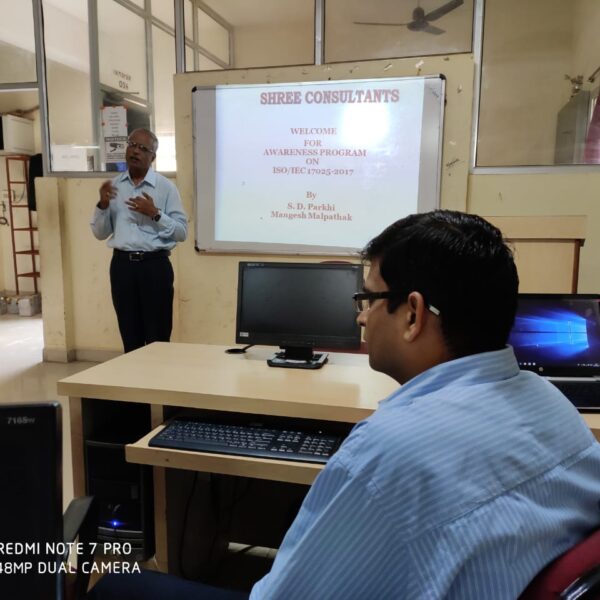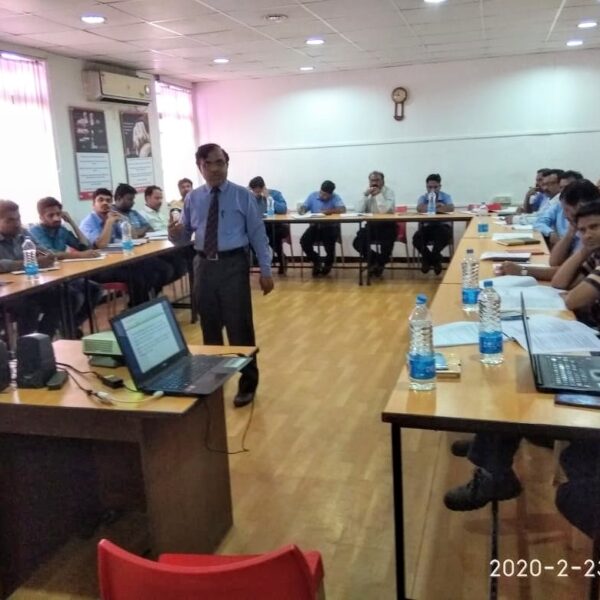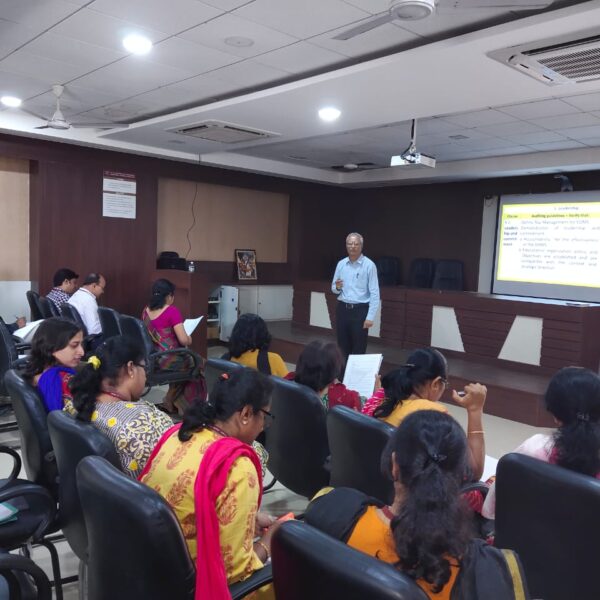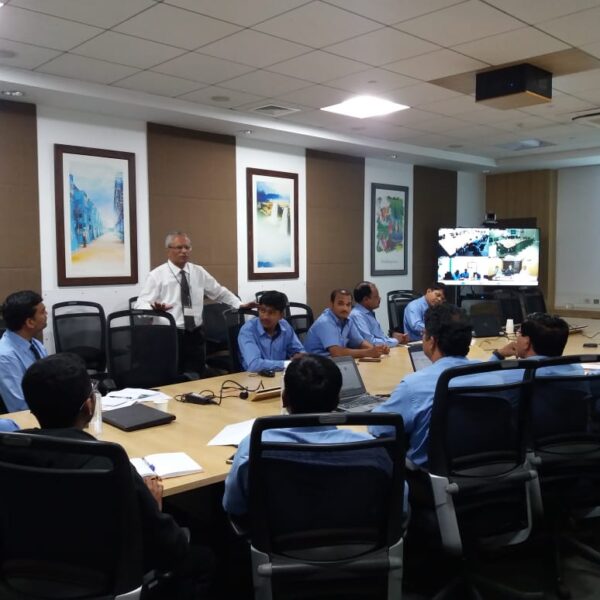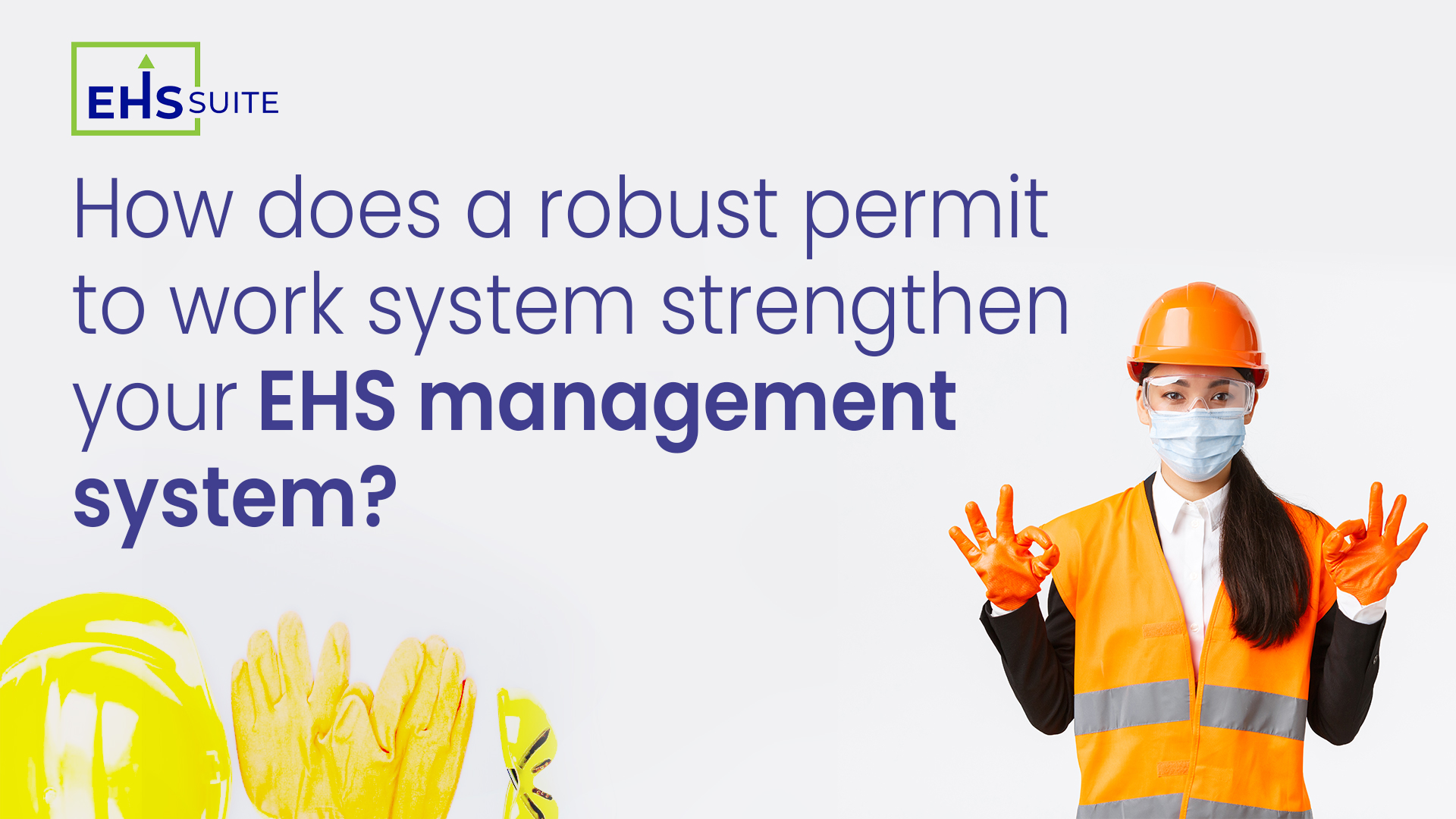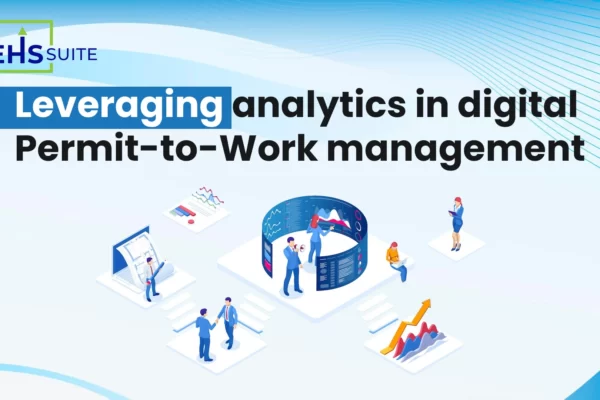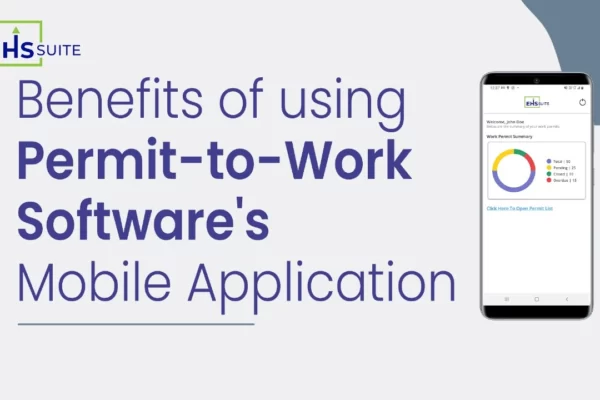How does a robust permit to work system strengthen your EHS management system?
In heavy industries like construction, manufacturing, utilities and mining, ensuring workplace safety and compliance is a top priority of the organisations. Not just to ensure a regulatory framework but also to secure a favourable position in the relevant industry for safeguarding their employee health. Here’s where an EHS management system comes in! It is an integral part of responsible and sustainable business practices. Organisations implement it because it helps to ensure the well-being of employees, protect the environment, and protect the organisation against potential risks and liabilities.
A Permit to Work (PTW) system is a crucial part of an EHS Management System. It is a systematic method that guarantees specific occupational tasks are carried out safely and in accordance with established safety protocols. The primary purpose of a PTW system is to manage and control the risks related to dangerous job activities.
Permit to work management offers a list of advantages like reduced delays, digital access, enhanced record keeping and real-time analytics. These features accelerate operational efficiency, because of which safety and regulatory compliance are assured. Here’s how a Permit to Work plays a key role in an EHS Management System.
Proactive Risk Assessment and Management
Proactive Risk Identification:
Permit to work system helps to provide a thorough assessment of risk related to specific tasks and activities. EHS Suite provides tools for proactive risk assessment in addition to managing work permits. By analyzing historical data and compliance trends, organizations can pinpoint high-risk areas. This strategic approach helps allocate resources effectively and minimizes risks, reducing the likelihood of accidents.
Strategic Resource Allocation:
Understanding where risks are most significant is equally important. Moreover, this allows organizations to allocate resources where they are needed most. This approach results in cost savings, enhanced safety, and enhanced EHS management within the organisation.
Compliance Monitoring and Reporting
Efficient Compliance Tracking:
Work permit system simplifies compliance monitoring by tracking permits, licenses, and certifications. These systems provide automatic alerts and reminders to ensure that an organisation remains compliant.
Streamlined Reporting:
Furthermore, compliance reporting becomes more efficient and accurate with EHS software. It generates real-time reports and historical data for regulatory audits and inspections. This is because streamlining saves valuable time and resources.
Performance Metrics and data-driven Decision-making
Access to Valuable Insights:
PTW permit to work systems provide access to essential performance metrics and analytics. These insights help organizations make informed and data-driven decisions to continually improve workplace safety and compliance.
Fine-Tuning Strategies:
Furthermore, by analyzing, reviewing and tracking their permit to work, companies can fine-tune their EHS strategies. It also enhances safety protocols and optimizes resource allocation.
Collaborative Approach among Management
Better Communication:
PTW system makes team members, supervisors and relevant parties collaborate seamlessly regardless of physical proximity. Remote access to the digital platform of ehs management system promotes effective communication and a unified approach among stakeholders.
Centralized Information:
A digital dashboard brings together permit-related data, work statuses, safety measures, and compliance details into one accessible location. The centralized EHS management system promotes real-time decision-making and ensures that all stakeholders are well-informed about all the work permits.
Sustainable Step Towards Environment
Reduced Documentation:
Work permit system eliminates the complexity of heaps of paper waste, hundreds of documents and ultimately environmental pollution. In addition to the complete PTW system being shifted to the cloud and digital dashboard, it becomes way easier to manage all the work permits in an environment-friendly manner.
Resource Efficiency:
Sustainability initiatives often focus on resource efficiency, which includes minimizing paper waste, conserving energy, and reducing emissions. PTW systems like EHS Suite are a perfect example of reducing paper waste by bringing all the operations online. This inspires the organization to work in an environmentally friendly manner.
Conclusion
PTW permit-to-work system provides invaluable tools for achieving workplace safety and compliance. They promote enhanced risk assessments, real-time analytics, streamlined reporting and efficient resource allocation throughout the organisation.
Management system like EHS Suite has the added advantage of providing a mobile application which accelerates real-time information through notifications and remote access. In addition to making the organisations safer and more compliant, these functions of a permit-to-work system empower them to become sustainable workplaces. Implementing these key strategies can lead to significant improvements in EHS performance, risk reduction, and the long-term success of organizations.

